February 16, 2023
If your post-holidays health drive is starting to fizzle out, fear not. We’ve looked at the ways different pulses can benefit your health and help create a new year diet to keep you feeling fighting it.

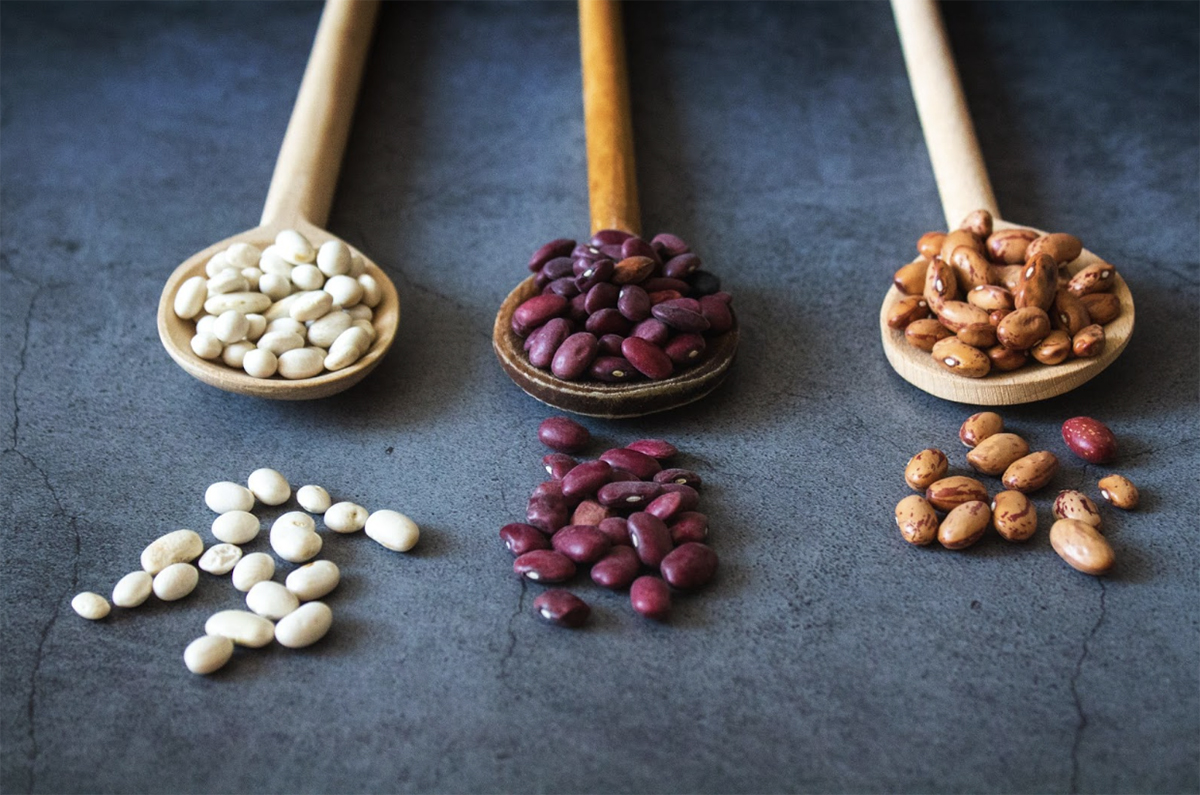
Have your New Year's resolutions begun to fade already? Old eating habits beginning to creep back in? Try not to panic — you’re only human, after all. January may be disappearing in the rear view mirror, but springtime is just around the corner, and with it comes another opportunity to start afresh and get back into a healthy routine.
If you're looking to keep on the straight and narrow in 2023, one way you can guarantee a return to a healthy diet is to introduce some pulses. There are countless reasons to get some pulses onto your plate: high in protein and fiber, low in saturated fat, and full of healthy vitamins and minerals to keep your body in tip-top condition.
The British Heart Foundation reports that replacing half of the meat you eat with pulses will help you manage your weight and keep your digestion healthy, reducing your risk of heart attacks, strokes, type II diabetes, and bowel cancer.
It goes without saying that all pulses are fantastic for your health (and - bonus - the health of the planet!). For this piece, we took a deep dive into some pulses to find out exactly what makes them superfoods!
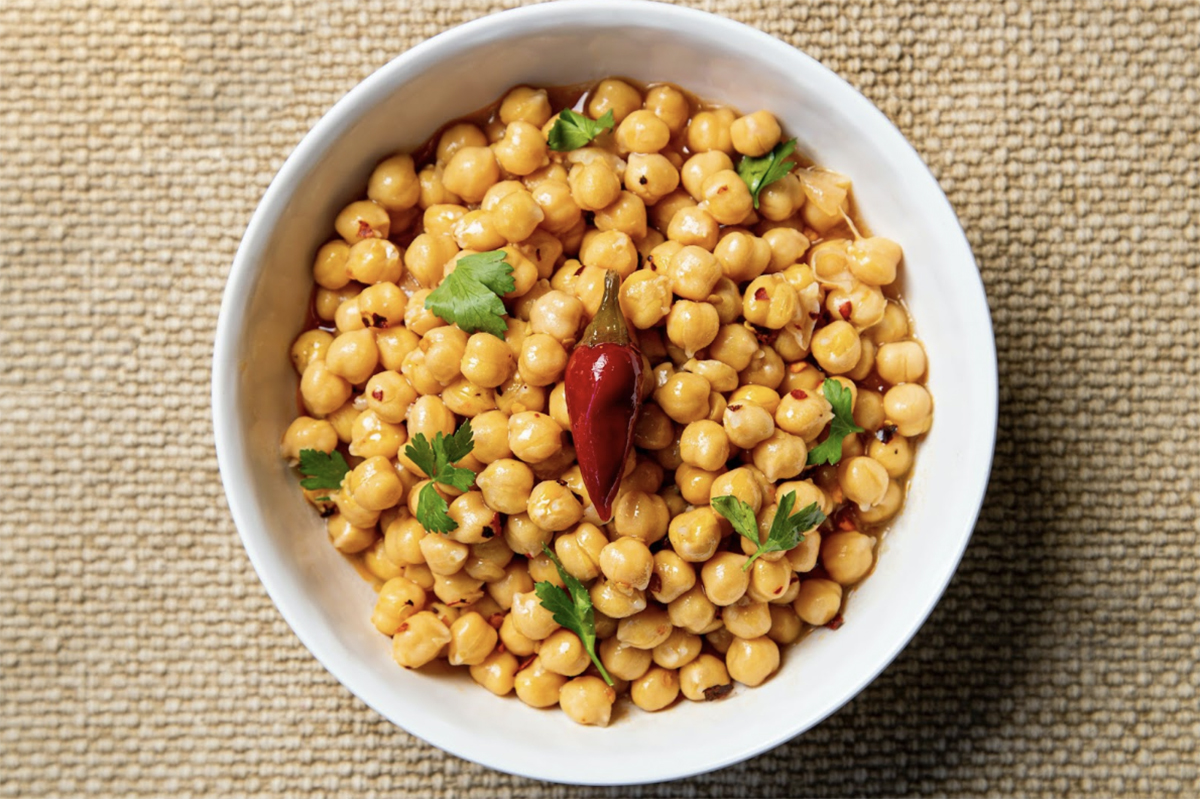
Ideal for everything from stews and curries to salads, chickpeas are first and foremost an excellent source of protein. However, they also contain a great deal of both soluble and insoluble fiber, which can provide for healthier digestion. Some research suggests that chickpeas can improve our stomach’s microbiome, potentially helping protect us from gut-associated diseases.
Hummus, one of the world's most popular chickpea-based dishes, is packed full of the nutritious benefits of chickpeas, with the additional benefits of anti-inflammatory properties added by olive oil and tahini. Some healthy carrots dipped in a pot of hummus is a great snack to add into your diet — research suggests it may result in fewer cravings for snacks as your day moves on.
Feasting at Home’s 20 best chickpea recipes
Spain on a Fork’s Garbanzos a la Navarra
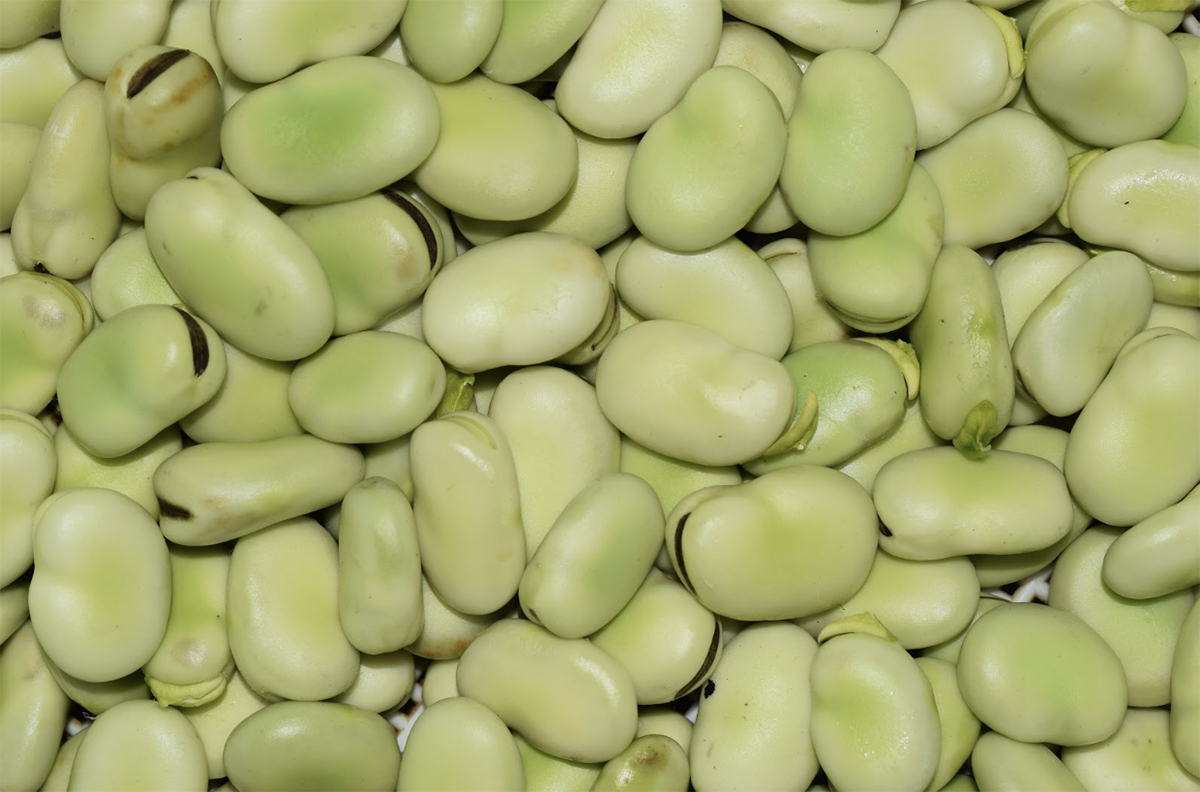
Simple, nutty, and a little sweet, fava beans are an easy addition to all kinds of dishes, and are absolutely packed with protein - around 85% of their nutritional make up. Fava is also classed as a complete protein, given the presence of significant amounts of all of the nine essential amino acids.
You can throw them into stews, soups, or salads to add some tasty protein to your meal, and as such are the ideal food if you’re following a vegan or vegetarian diet where your protein levels may need bolstering.
Get cooking with these great recipes:
Insanely Good’s 20 best fava bean recipes
Wanderlust Kitchen traditional Greek fava
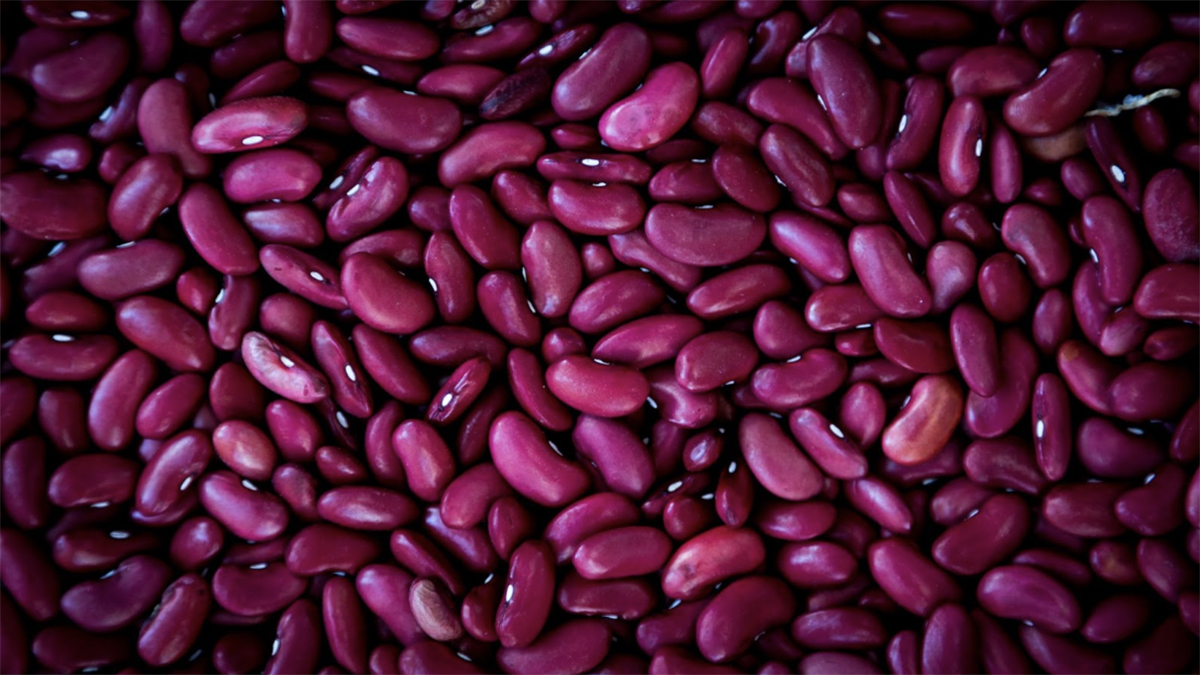
A mainstay of bean dishes worldwide, this popular bean is found in Tex-Mex foods all around the USA, as well as in south Asian and central/south American cuisines. A robust bean with a thick skin, kidney beans thrive when cooked slowly and often appear in rich stews such as chilli con carne.
Kidney beans are high in fiber but also in folate, a vitamin that yields many benefits for pregnant people, as it helps with the development of babies in the womb. Kidney beans are also shown to help reduce the speed of the absorption of sugar into the blood, meaning our blood sugar levels can remain balanced.
Here’s a few ideas for cooking kidneys at home:
Insanely Good’s 30 simple kidney bean recipes
The Curious Chickpea’s Afghan kidney bean curry
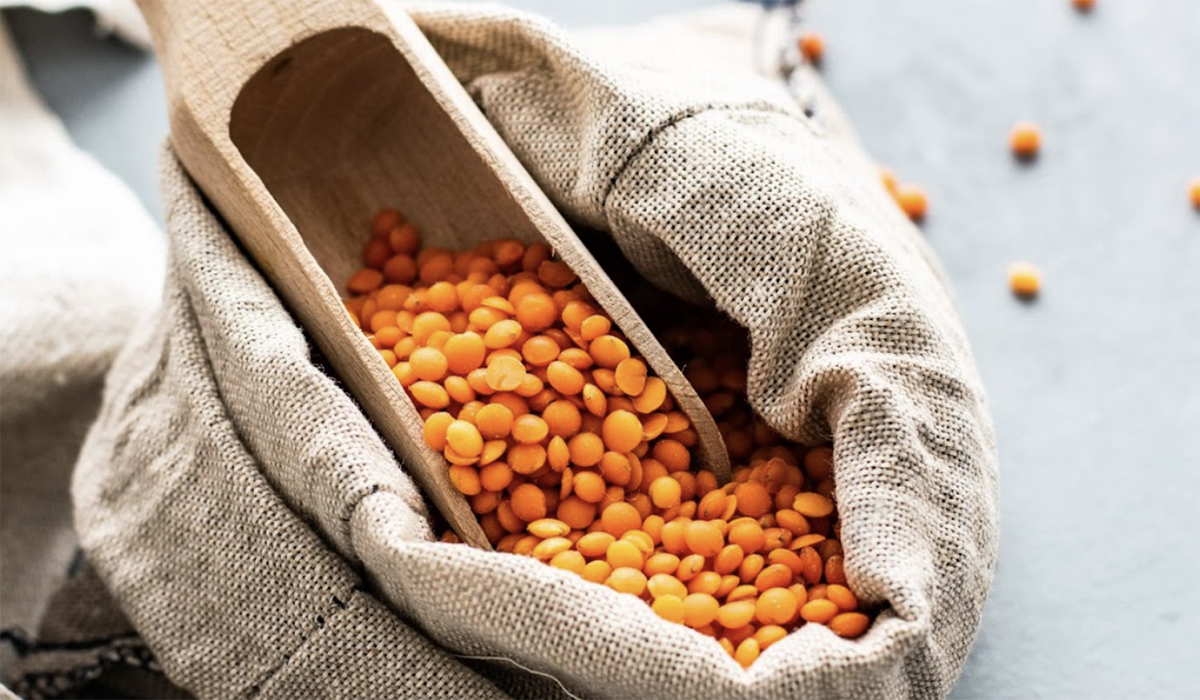
Another pulse high in folate, lentils provide fiber and potassium without unhealthy fats or salt. Research shows that lentils, like many other pulses, also contain resistant starch that slows down carbohydrate absorption, lowering blood sugar. This starch can also potentially feed the healthy bacteria residing in our colon.
There are some amazing ways to use lentils, whether that's in fillings for pies and flatbreads, or as an alternative to meat in lasagne, curries, or Bolognese. They're very flexible, so feel free to throw them in with anything you happen to be cooking, or have them with a salad.
Master the lentil at home with these delicious recipes:
A Couple Cooks’ 20 best lentil recipes
Cookie and Kate’s best lentil soup
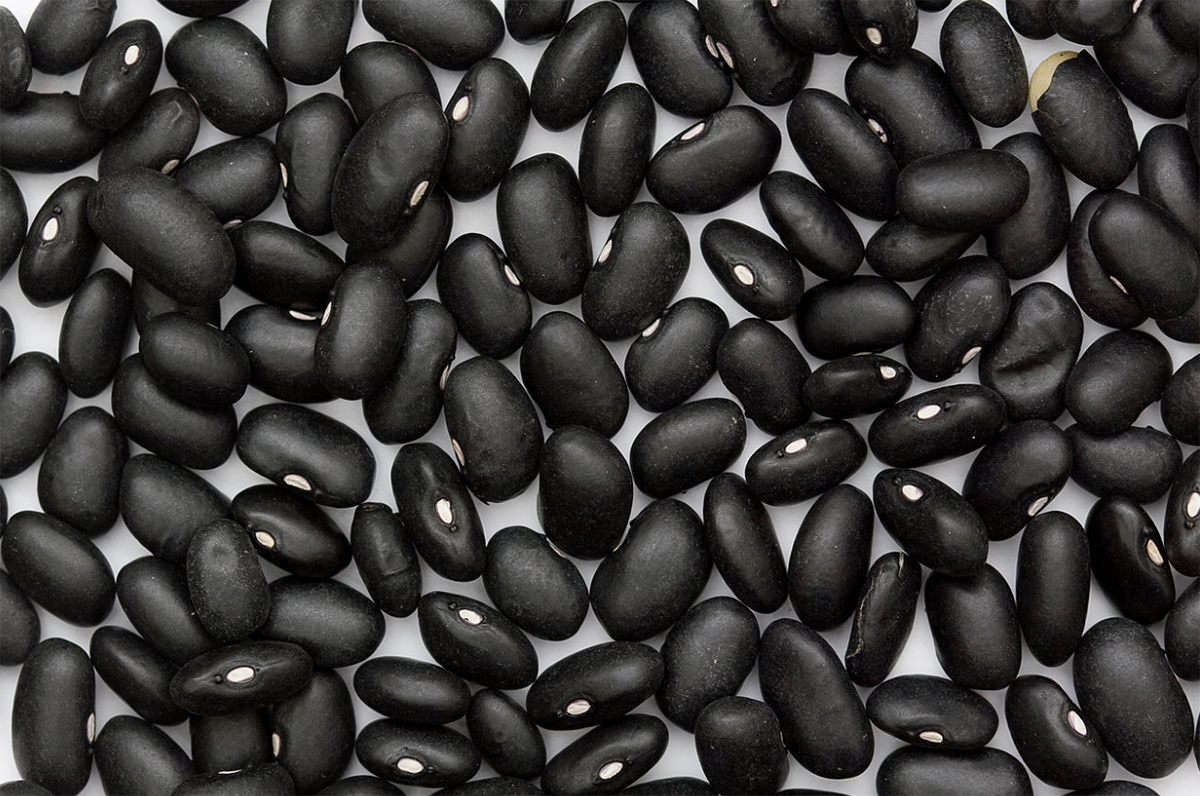
Something of an all-rounder, black beans are full of all of the common nutrients of their fellow pulses, such as iron and fiber. They can help manage cholesterol, sugar levels, and blood pressure.
They are the bean of choice for many communities around the world, all of whom love black beans for both their nutritional profile and flexibility. Used in both sweet and savory dishes, you'll see them on menus across central and South America, where black beans have been cultivated for thousands of years.
Put black beans on your dinner table with these simple but flavorsome recipes:
Taste of Home’s 56 recipes that start with a can of black beans
Belle of the Kitchen’s Mexican black beans
All of these pulses can help you build a balanced and delicious diet that aids your digestion and suppresses hunger to keep you from snacking on something sweet or salty, all the while increasing your intake of healthy vitamins and minerals such as folate, fiber, and iron, which are crucial to the smooth running of your vital organs and blood.
So, put down the pizza, drop the doughnuts, and get some pulses into your daily routine – your body will thank you for it!
Disclaimer: The opinions or views expressed in this publication are those of the authors or quoted persons. They do not purport to reflect the opinions or views of the Global Pulse Confederation or its members.